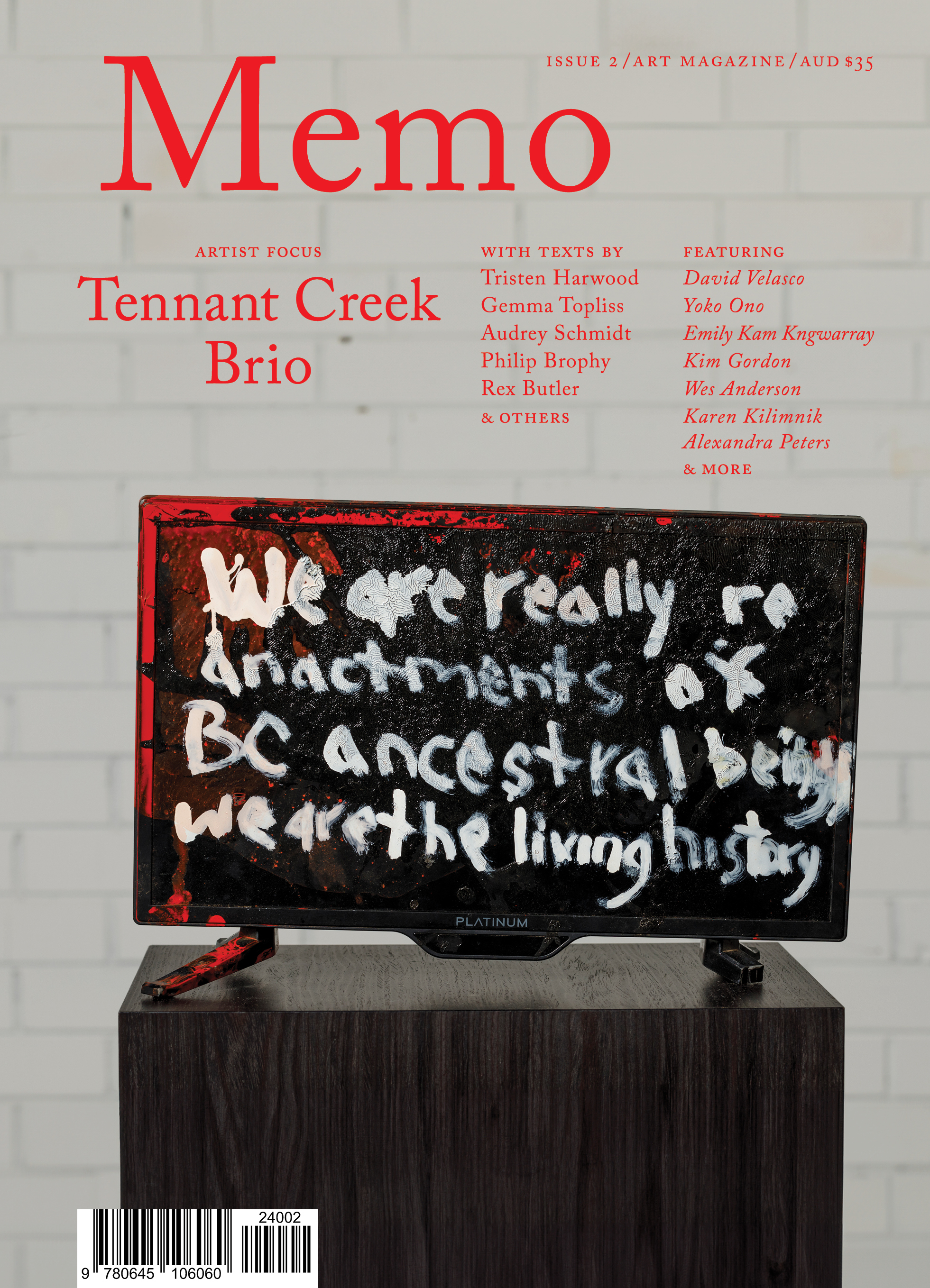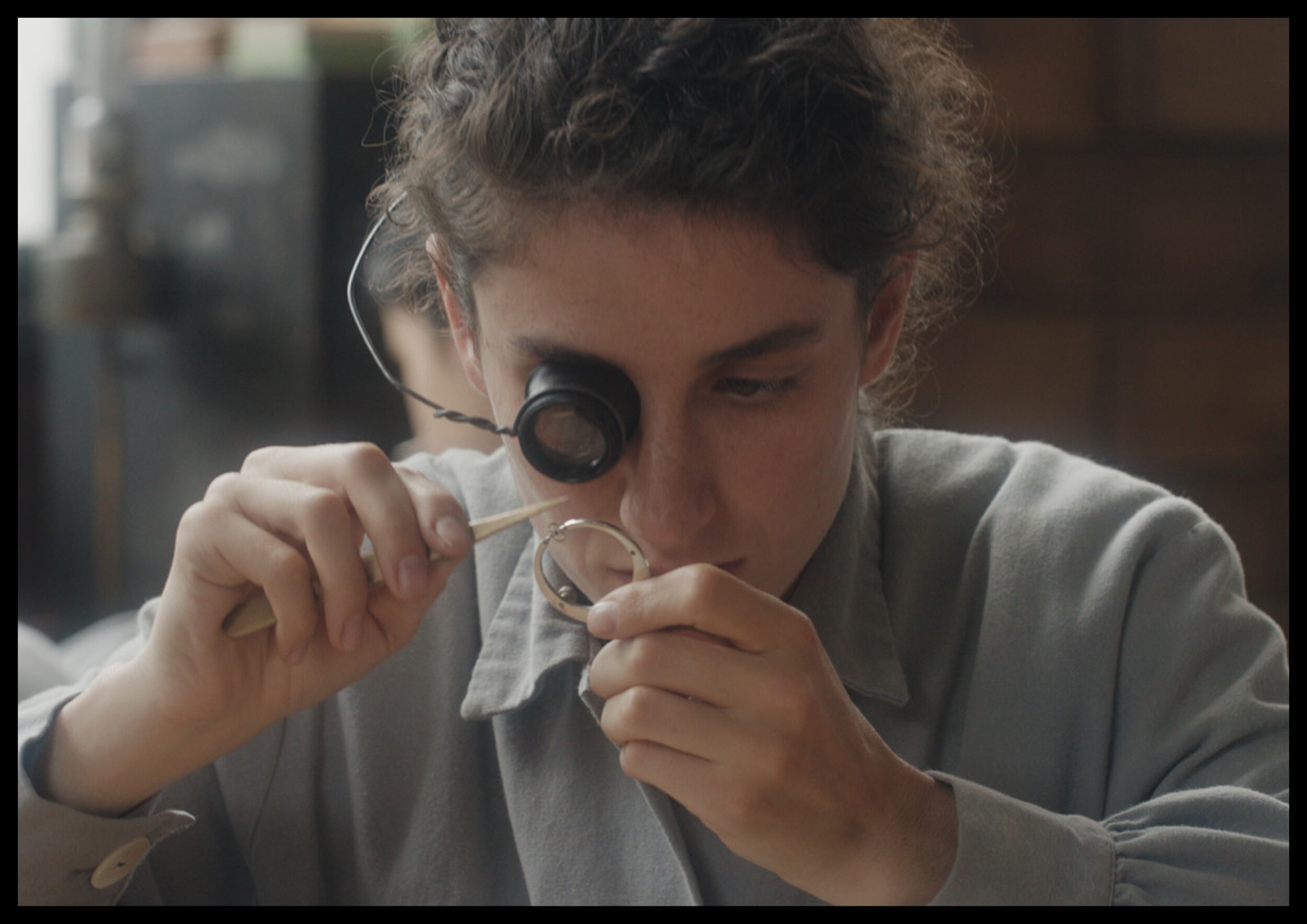Kim Gordon’s Body Part 2: Kool Things
Kim Gordon grinds handrails with a Jazzmaster, vacuums in MNZ heels, and sings of capitalism’s end while modelling for its tastemakers. Object of Projection channels the aesthetics of resistance, but is it rebellion or just another symptom of “conservative cool”?
In Los Angeles June 6, 2019, another video performance work presented as a part of Object of Projection, Gordon uses her Jazzmaster as a skateboard, grinding handrails, benches, and cornices of downtown LA’s municipal architecture. In interviews, Gordon mentioned she was inspired by the way the Dogtown skaters “repurposed corporate buildings.” Craig Stecyk called Dogtown’s Z-Boys “urban guerillas” in 1976, and their illegal activities in the concrete playground of Santa Monica and Venice eventually made them “rock stars” in their own right. By 1970, the area had become a “seaside slum” and a mecca for the DIY culture of disenfranchised youths.
Exclusive to the Magazine
Kim Gordon’s Body Part 2: Kool Things by Audrey Schmidt is featured in full in Issue 2 of Memo magazine.
Get your hands on the print edition through our online shop or save up to 20% and get free domestic shipping with a subscription.


